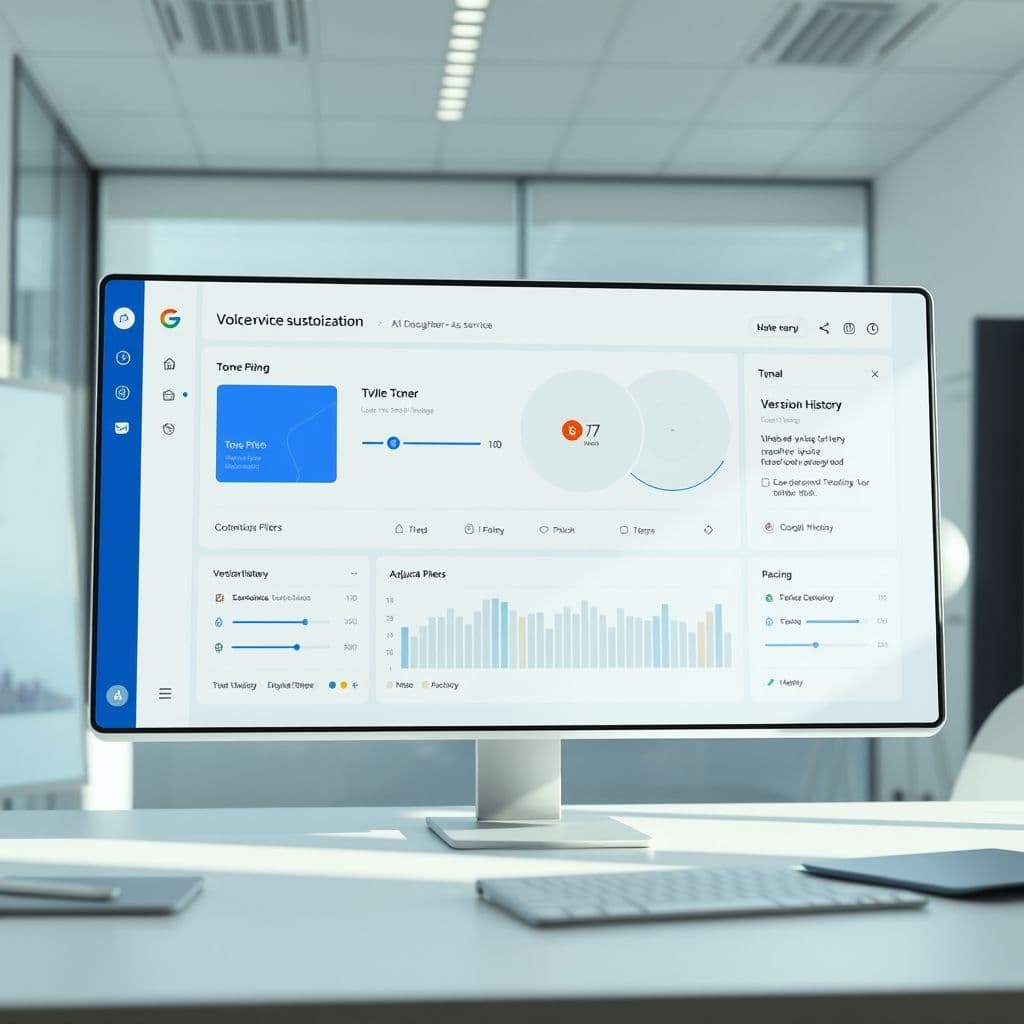The Voice Dilemma: How AI Chatbots Are Losing Their Human Touch

AI voice technology has come a long way, but recent updates to ChatGPT's voice features have left many users frustrated. What was once a engaging and natural interaction now feels robotic and impersonal. This article explores the growing dissatisfaction with AI voices and presents a hypothetical SaaS solution that could revolutionize how we interact with conversational AI.
The Problem: Why Users Are Frustrated with AI Voices
The latest voice updates to ChatGPT have sparked significant backlash from users. Many report that the new voices lack personality, sound condescending, or are simply less engaging than previous versions. The issues go beyond just tone - users complain about unnatural pauses, excessive breathing sounds, and repetitive phrases that break the flow of conversation. What was meant to be an upgrade has instead created a disconnect between users and their AI assistants.
The emotional connection users formed with previous voice versions is particularly noteworthy. Many express nostalgia for voices they've grown accustomed to, with some even requesting specific voice actors to return. This emotional response highlights how important voice personality is in human-AI interaction - when it changes unexpectedly, users feel like they've lost a familiar companion rather than gained an improved tool.

SaaS Solution: A Voice Customization Platform
Imagine a SaaS platform that puts voice customization directly in users' hands. This hypothetical solution would allow individuals to fine-tune their AI assistant's voice to their exact preferences. Users could adjust tone (from friendly to professional), pacing (from slow and deliberate to quick and energetic), and even select from various accents or vocal characteristics. Most importantly, the platform would maintain version history, allowing users to revert to previous voice iterations they preferred.
The platform could offer advanced features like emotion mapping (adjusting how the voice expresses different emotions), context-aware delivery (changing tone based on conversation topic), and even the ability to blend multiple voice characteristics to create completely unique vocal profiles. For power users, API access could allow integration with various AI platforms beyond just ChatGPT.

Potential Use Cases and Benefits
This voice customization platform would serve diverse needs across multiple user groups. Language learners could slow down pacing for better comprehension. Professionals might prefer a more formal tone for work interactions. Content creators could develop unique voices for different projects. The benefits would extend beyond personal preference - consistent, familiar voices could improve accessibility for neurodivergent users who rely on predictable interactions.
For businesses, such a platform could maintain brand voice consistency across customer service AI implementations. Developers could test how different voice characteristics affect user engagement metrics. The potential applications are as varied as human communication itself, addressing the core issue that one-size-fits-all voice solutions often fail to meet diverse user needs and expectations.
Conclusion
The backlash against ChatGPT's voice updates reveals a fundamental truth about human-AI interaction: voice matters more than we might think. While current AI platforms offer limited customization, a dedicated voice personalization SaaS could transform how we experience conversational AI. By putting control back in users' hands, such a platform could bridge the gap between technological advancement and human preference.
Frequently Asked Questions
- How technically challenging would it be to develop a voice customization SaaS?
- While challenging, the core technology already exists. The main hurdles would be creating an intuitive interface, managing version control for voice profiles, and ensuring low-latency processing for real-time voice modification. Cloud computing makes the resource-intensive aspects more feasible than ever before.
- Could this solution work with other AI platforms besides ChatGPT?
- In theory, yes. The hypothetical platform would need API integrations with various AI services, but the voice processing could happen independently of the AI's core functionality. This would make it potentially compatible with multiple conversational AI systems.
- Wouldn't constant voice changes be disorienting for users?
- The platform would emphasize consistency, allowing users to set default preferences while maintaining the option to experiment. Version history would ensure users could always return to a familiar voice profile when desired.


